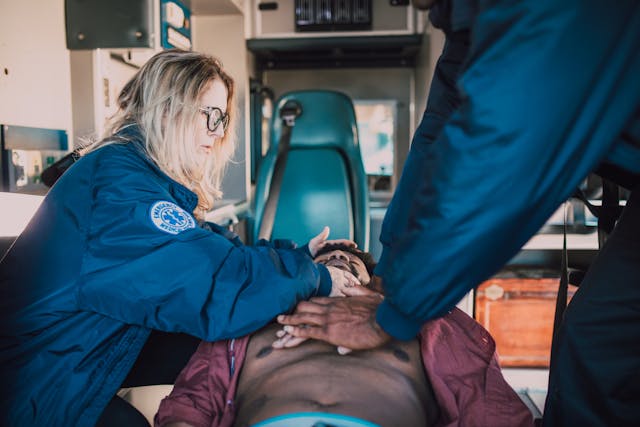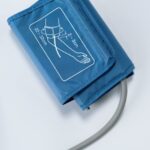A study supported by the National Institutes of Health (NIH) has revealed significant race- and gender-based disparities in survival rates from out-of-hospital cardiac arrests among individuals who received bystander cardiopulmonary resuscitation (CPR). The research, published in Circulation, indicates that white adults are three times more likely to benefit from such interventions compared to Black adults, and men are twice as likely compared to women. These findings highlight substantial inequalities in survival outcomes, necessitating targeted efforts to ensure equitable CPR delivery across demographic groups. Paula Einhorn, M.D., a program officer at NIH’s National Heart, Lung, and Blood Institute (NHLBI), emphasized that CPR saves lives. Still, the disparities uncovered require a more profound understanding to achieve uniform survival chances for all CPR-needed patients.
The analysis covered 623,342 cardiac arrest cases in the United States from 2013 to 2022, revealing that nearly one in ten victims survived. About 40% of these patients received CPR from a bystander, which could include a family member, friend, or passerby. Those who received bystander CPR had, on average, a 28% greater chance of surviving compared to those who did not, with fewer instances of severe brain injuries among survivors. Yet, the benefits varied significantly when data were dissected by race, ethnicity, and biological sex. Native American and white adults experienced the highest increases in survival odds, while Black adults and women, especially Black women, consistently showed the most minor benefit.
Researchers conducted subgroup analyses based on neighbourhood diversity and average income to understand potential factors influencing the quality of administered CPR. The results consistently showed that Black adults and women were less likely to benefit from bystander CPR compared to white adults and men, regardless of the cardiac arrest victim’s income levels or residential areas. This prompts a concern about the equality of CPR applications across different communities.
Paul Chan, M.D., the study’s lead author and a cardiologist at Saint Luke’s Mid America Heart Institute, highlighted the need for a nuanced approach to improving survival rates. He pointed out the importance of examining whether CPR delivered by bystanders provides similar survival benefits to all patients, regardless of their demographic background. This includes questioning whether bystander CPR was performed well and equally for everyone so that irrespective of race, ethnicity, or sex, all patients can derive the same level of benefit from CPR.
Previously, studies had indicated that bystander CPR was less frequently performed on Black and Hispanic individuals and women in public spaces. CPR training and awareness programs have expanded nationally, including online courses and developing mannequins designed to resemble women’s bodies. Researchers suggest evaluating the accessibility and effectiveness of various CPR training methods could identify differences in survival outcomes and inform solutions to address these disparities.
Future investigations might focus on the type of training bystanders receive, the presence of multiple bystanders, which could indicate additional support, and the role of underlying health conditions in survival outcomes, considering similar emergency response times across groups. These findings challenge the healthcare community to consider not only the presence of bystander CPR but also its quality and inclusivity, ensuring that every individual, irrespective of race, ethnicity, or gender, has an equal chance of surviving a cardiac arrest.
More information: Paul S. Chan et al, Race and Sex Differences in the Association of Bystander CPR for Cardiac Arrest, Circulation. DOI: 10.1161/CIRCULATIONAHA.124.068732
Journal information: Circulation Provided by NIH / National Heart, Lung, and Blood Institute








